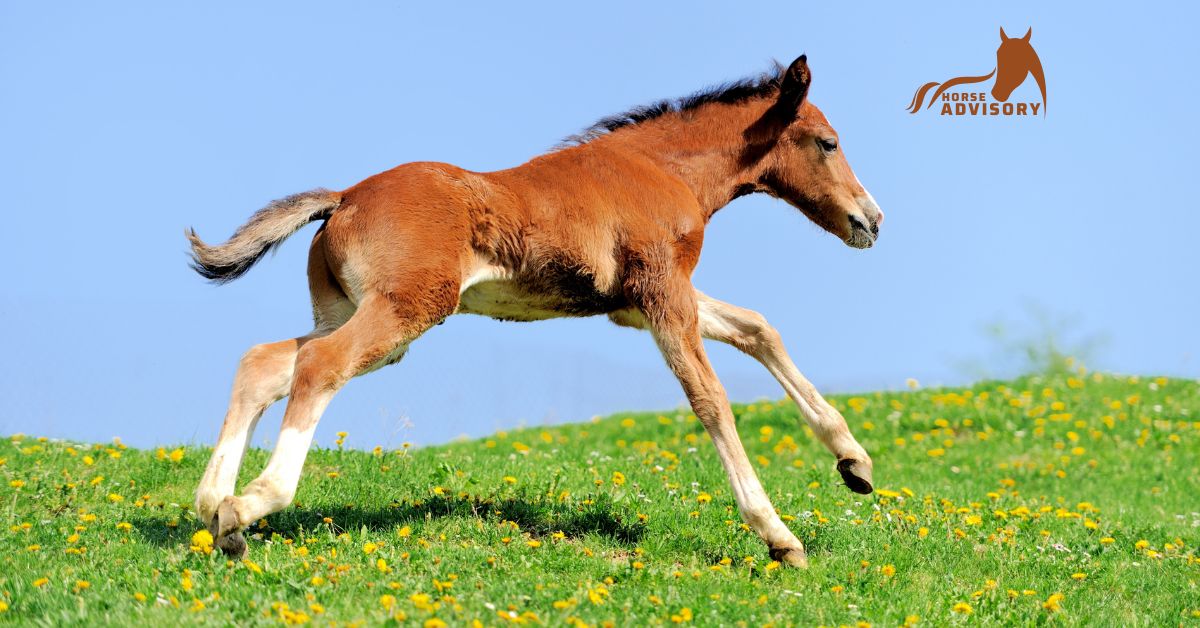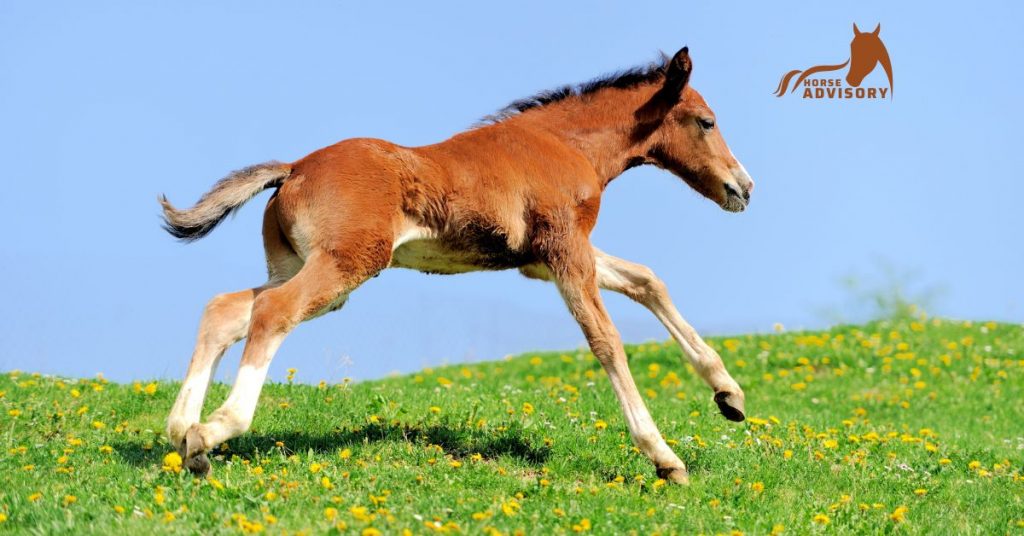Oftentimes, when horse owners are looking for their next horse to add to their stable, they’ll consider a colt. A colt is a young male horse that is less than four years old. They can be a great addition to any barn, but there are some things you should know before bringing one home. In this article, we’ll discuss everything you need to know about colt horses so that you can make an informed decision if one is right for you. We’ll cover topics such as what they’re like to work with, how much training they may need, and what kind of care they require. So if you’re considering adding a youthful powerhouse to your barn, read on!
Characteristics and Overview of Colt Horses
1. Colt horses are a unique breed that can be quite temperamental and challenging to work with.
2. They require more time and patience than other horse breeds, as they tend to test the boundaries of their handler’s skills and knowledge.
3. Most colts have an abundance of energy, so consistent exercise is necessary for them to stay happy and healthy.
4. These horses usually need more frequent hoof trims than other breeds due to their tendency to wear down their shoes faster from running at high speeds or playing vigorously in the pasture.
5. Colt horses also need plenty of socialization with both people and other animals in order to develop confidence and trust in their environment.
6. Finally, these youngsters may require more intense training due to their stubbornness and eagerness to please.
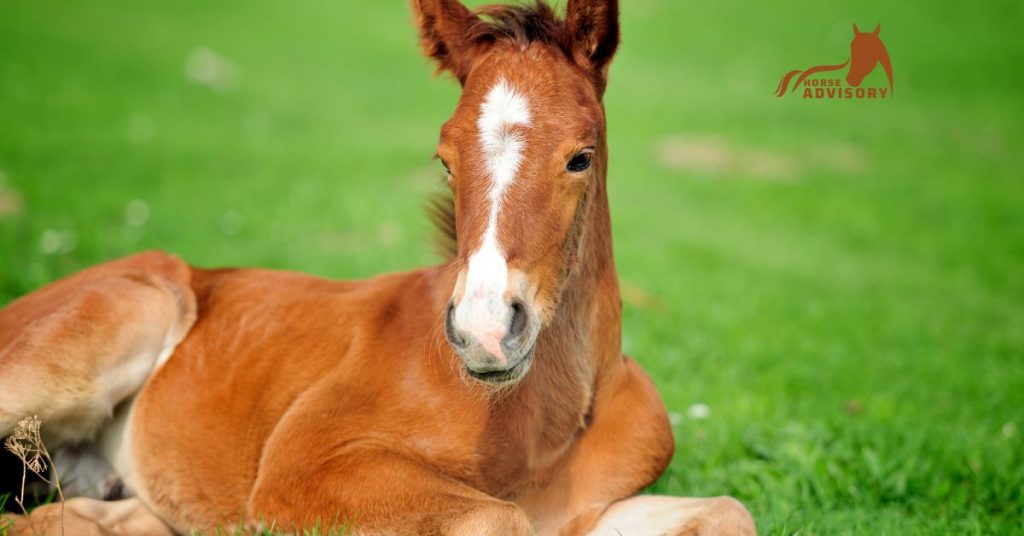
Training Needs of Colts
1. Colt horses need consistent and frequent training in order to stay safe and obedient.
2. Groundwork is essential for colts, as it helps them learn how to respond to commands from the handler, and gets them used to being handled around their body, feet, ears, mouth, and other sensitive areas.
3. Long-lining is another important tool for teaching colts basic obedience skills such as backing up, turning right and left, side passing, etc.
4. Horses should also be taught how to safely load into a trailer without spooking or becoming anxious in new situations.
5. Finally, desensitizing techniques such as flapping objects, using tarps, or running a flag around the horse’s body can help them become accustomed to new and potentially scary stimuli.
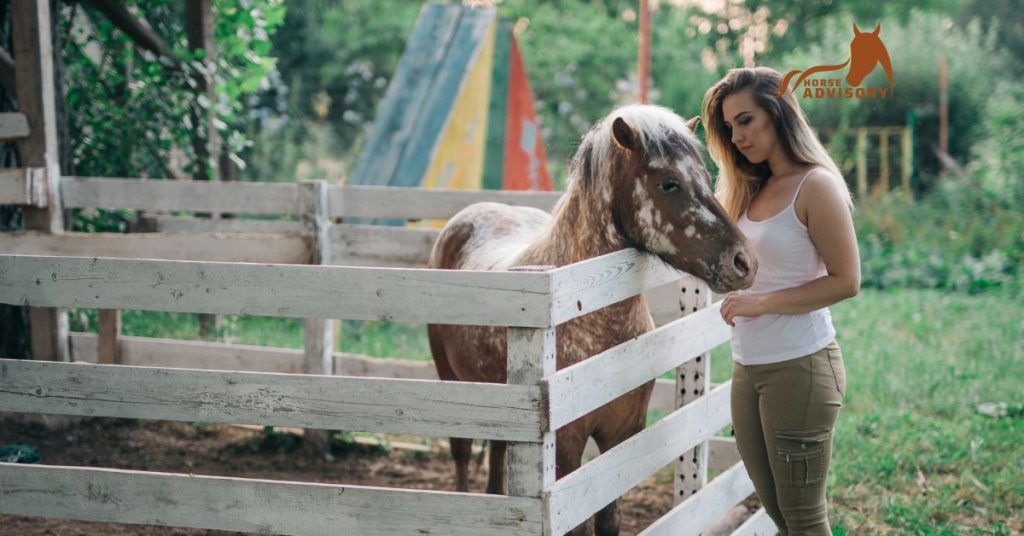
Feeding Tips for Colt Horses
1. Colts require more feed than mature horses, as their active lifestyle and growing bodies require additional nutrients in order to stay healthy and strong.
2. High-quality forage such as hay or grass should also be made available on a daily basis, as it helps maintain the colt’s gut health and provides essential fiber for digestion.
3. Nutritional supplements may also be necessary depending on the horse’s individual needs and workload.
4. Vitamin E and selenium are two important minerals that can help support joint health and muscle development in young horses.
5. Be sure to consult with your veterinarian to determine the appropriate feeding regimen for your particular colt! Overall, the colts can make great additions to any barn. However, it’s important to remember that these horses require more time and energy than other breeds due to their unique needs. With the right training and care, these horses can become loyal and trustworthy companions.
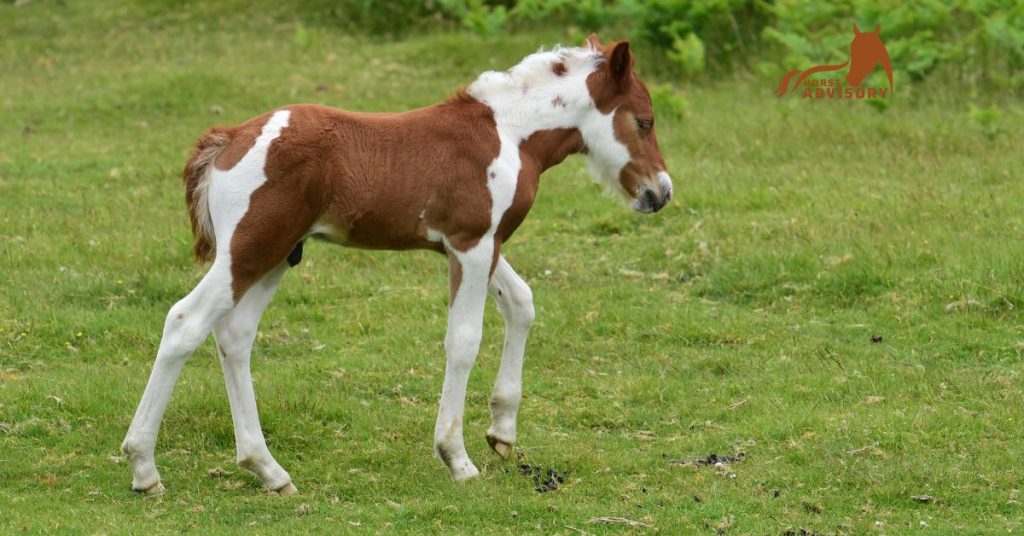
Care Needs of Colts
- Colts need a balanced diet that is rich in nutrients, vitamins, and minerals to stay healthy and strong.
- Routine hoof care is essential for all horses, but especially colts whose feet may wear down more quickly due to their active lifestyle.
- It’s also important to ensure that the horse is regularly wormed as part of its overall healthcare routine.
- Finally, providing plenty of turnout time will help keep the horse physically fit and mentally stimulated while allowing it to socialize with other horses if possible.
Conclusion
Colt horses can be quite a handful when it comes to training and care, but with the right amount of patience, knowledge, and dedication they can be excellent additions to any stable. With proper management, consistent exercise, and a nutritious diet, these horses can become reliable and loyal partners. So if you’re willing to take the time to provide the extra care and training that the colts need, you can be rewarded with a lifetime of happy memories.
Frequently Ask Questions About Colt Horses
Q: How often should I perform hoof trims on my colt?
A: Hoof trims should be done at least every 8-10 weeks. However, depending on the horse’s lifestyle and environment, more frequent trims may be needed.
Q: What should I feed my colt?
A: Colts need a balanced diet that is rich in nutrients, vitamins, and minerals. High-quality hay or grass forage should be available on a daily basis, along with any necessary supplements recommended by your veterinarian.
Q: How do I train a colt?
A: Groundwork, long-lining, and desensitization are all important tools when training colts. The horse should be gradually introduced to commands from the handler and get used to being handled around their body, feet, ears, mouth, and other sensitive areas. With proper guidance and patience, these horses can become reliable partners.
Q: How much time does a colt need for turnout?
A: Colts should have access to plenty of turnout time in order to stay physically fit and mentally stimulated. Depending on their individual needs and workload, this may range anywhere from short daily turnouts to larger chunks of time several times a week. Any amount of turnout is beneficial though – even if it’s just 15 minutes!
Q: Are there any special considerations for colts in the winter months?
A: During colder months, make sure to provide your colt with plenty of fresh water and access to a sheltered area if available. You may also want to consider adding extra hay or grain to their diet during these times as well. Blanketing is also an option depending on the climate and the individual horse’s needs. Consult with your veterinarian to determine the best course of action for your particular horse.
